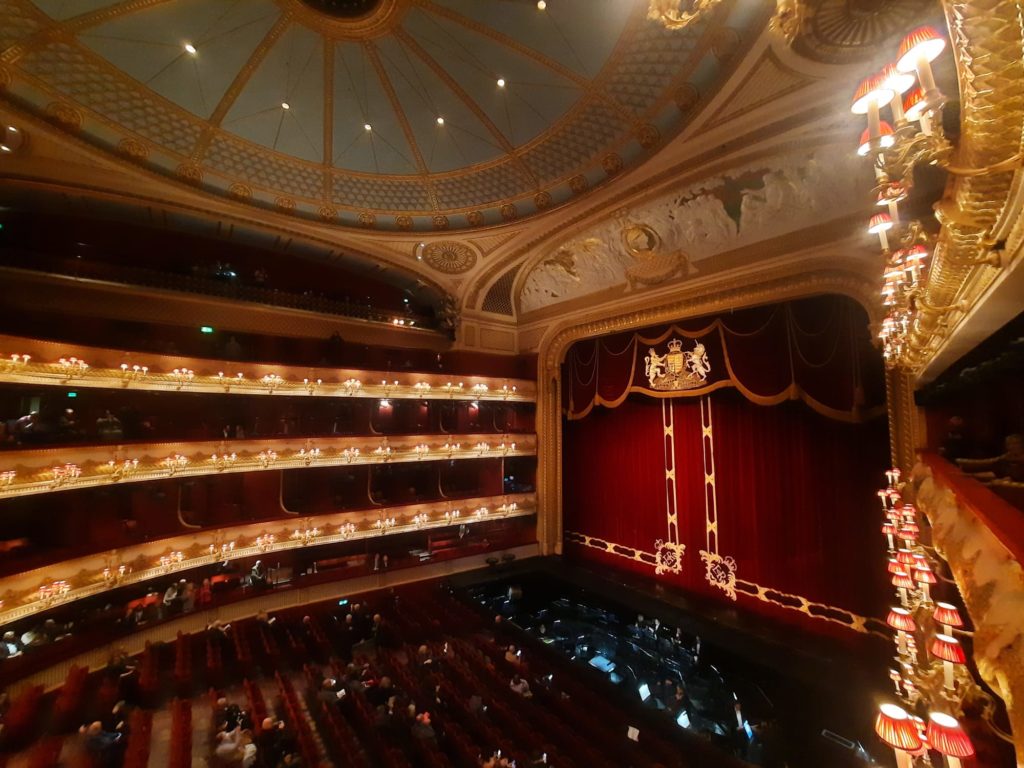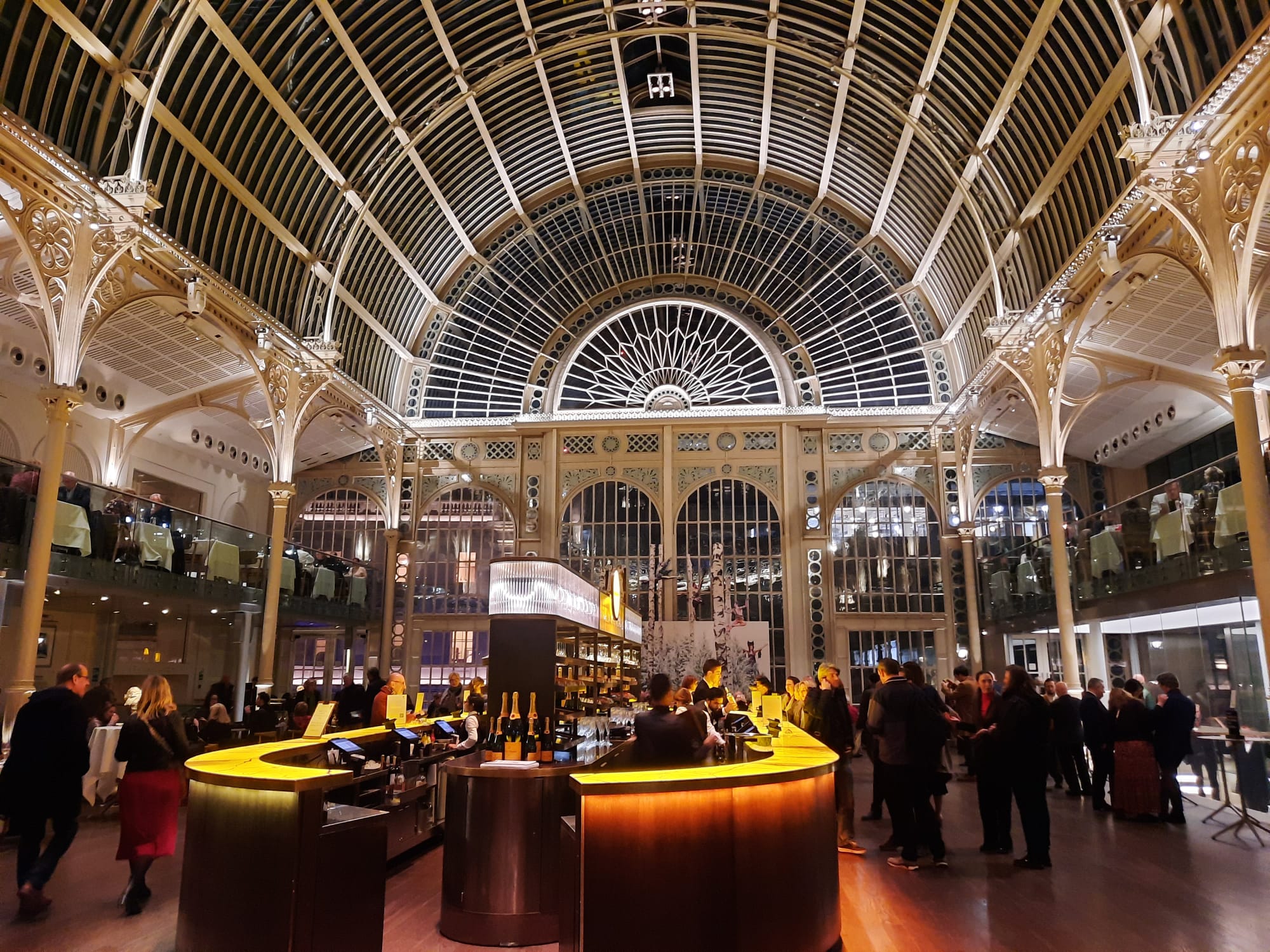The Barber Of Seville – Royal Opera House, London
A revival of the Royal Opera House’s 2005 production of Rossini’s beloved comic opera The Barber of Seville is a delight from start to finish.

The Barber Of Seville
As a relative opera novice, it took me a moment to get my head around how the operatic Figaros are related. I knew The Barber of Seville was about Figaro (there’s a famous aria you will recognise that gives it away – see here from another production, around 3″00). And I’ve also seen The Marriage of Figaro. Same Figaro? Different Figaro? Turns out same Figaro, different composers. The source material is the same – novels by Pierre Beaumarchais. The Barber of Seville is the first in the series. But in terms of the operas, The Marriage of Figaro came first, composed by Mozart in 1786. The Barber of Seville followed in 1816, composed by Gioachino Rossini. An earlier version by a different composer was initially a hit but has been entirely overshadowed since. Maybe you knew all of this, but if not then there’s a little background for you.
Moshe Leiser and Patrice Caurier’s production of The Barber of Seville for the Royal Opera House, which I had the good fortune to see this week, debuted in 2005. It focuses on the comedic aspects. The Barber of Seville descends from the commedia dell’arte tradition, full of stock characters and extravagance of emotion. The story fits the bill. A beautiful young woman is trapped in a house by her guardian, who wishes to marry her. The young Count who has fallen in love with her must rescue her, with the other characters (notably Figaro) either helping or hindering. The building blocks are there, but I’m sure it’s still possible to put on a boring production or a fun one. Here we thankfully have the latter. Rafael Payare, conducting, imbues Rossini’s music with mischief and energy. And the design and cast keep their end of the bargain as well.
Seville In Technicolor
We’ve established already the fun of the story and the great choice of conductor to complement it. Christian Fenouillat’s design also plays perfectly to emphasise the comedic fun. A stage within a stage breaks the fourth wall and brings the audience into Figaro’s confidence from his first appearance. And almost 20 years on from its debut, it’s still some of the most innovative set design I’ve seen (if you’re familiar with the scene just before the interval you know what I mean). Agostino Cavalca’s costumes are bright and surreal. They reminded me almost of a pantomime. Or a video game: Figaro could be a long lost brother of Mario and Luigi, his striped shirt like an embodiment of a barber’s pole. And Rosina in bright green and pink is the perfect heroine.
As for the cast, they were sublime. One thing that differentiated this production for me was the focus on acting. I felt that the singers were bringing the characters to life as much as singing their parts, and it showed. For all the silly fun, the characters felt more fleshed out than in a lot of operas. There were no concessions on the singing either. Andrzej Filończyk as Figaro has a beautiful voice and such stage presence. And Aigul Akhmetshina as Rosina is a real talent. Her beautiful mezzo-soprano voice has an equally warm and rich tone on the soaring high notes as it does at the lower end of her register. Plus there’s a nice character part for Bryn Terfel as Don Basilio, Rosina’s singing teacher and an unsavoury clergyman.
I do sometimes struggle with the length of operas (I’m more fidgety than you would think for how many performances I go to). But The Barber of Seville had me engrossed, engaged and laughing with delight from start to finish. Absolutely delightful production, which I think has set the standard for all future Barbers of Seville I may happen to see.
Salterton Arts Review’s rating: 5/5
The Barber of Seville on until 6 March 2023
Trending
If you see this after your page is loaded completely, leafletJS files are missing.

